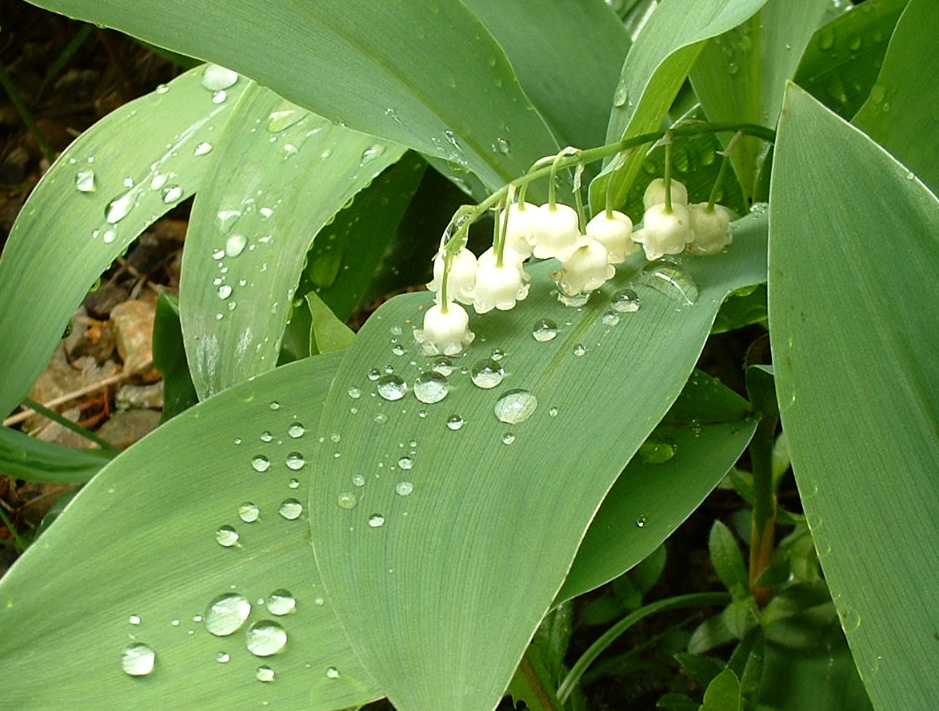What was to become known as the First World War started 100 years ago today and while most people are commemorating the anniversary with the now conventional poppies I have something slightly different to offer:
 |
| A 1st World War Daffodil |
Here is a picture of a humble pressed daffodil in remembrance of my dear grandfather who - in a moment of wild romance - picked it in the midst of battle and sent it home.
I’ll reproduce here the story in memory of one of the heroes who came home, no less to be remembered than those who died in the conflict, no less heroic, but as he described himself in one of his last letters home a “
lucky blighter”. You can read more about him on
the website I created in his memory.
I first heard the story of how the daffodil came to be collected and preserved from Poppa (Cyril Bartlett) when I was a young boy. I can remember him clearly telling the story with a great deal of drama and I recall at the time being impressed by it, but not really understanding. Years later I would hear the same story in a very different context from Nanny (Jessica Bartlett) – I’ll come to that, what matters for now is that it was the same story. Here it is, as accurately as I can render it:
One damp spring day, while fighting in the trenches in France, Cyril noticed, out in the distance, in the no-mans-land between his and his enemies’ trenches, a daffodil just coming into flower. He resolved then, that if it were still there that night he would have it to send home. As evening fell, the flower was still there, by now fully open; so Cyril crawled out into no-mans-land [I can see him now making crawling motions with his elbows and giving dramatic emphasis to the need to keep his head right down in case he should be spotted by an enemy sniper]. He reached the flower, picked it, held the stem carefully in his mouth and turned, crawling with equal care back to his own trench. There the flower was carefully pressed and sent home.
The first time I heard this tale; it was a thrilling story of daring from a world of danger that appeared exciting and remote. The second time I heard it (or at least the second that I can remember clearly – I suspect Poppa told us grandchildren the story more than once) it was in the late summer of 1979. I had spent the summer holiday that year helping to nurse Poppa through his final illness and after the funeral I returned to Gayfield to help Nanny sort through his things: it was a difficult time for both of us. The daffodil was stored at that time between the leaves of a book – I had long since forgotten all about it until Nanny showed it to me and re-told the story I’ve related above, though without the dramatic embellishments. By now I was old enough to understand it as a story of deep love and the mad, romantic gesture of commitment and longing that it really was.
Stored with the daffodil, with all the other papers, is a pressed fuchsia, which I believe Jessie sent back to Cyril in a return letter and he retained and brought home from the war. The note you can see in the scan here is written in Cyril's own hand some years after he came home, and after he saw his own sons go off to fight in the Second World War.
For me those brown and tattered, flattened flowers have always been the most potent symbol of the love between my grandparents that was the backdrop to my childhood.
In remembrance of all those caught up in the terrible tragedy of the Great War whether they came home or not.
A daffodil.



































